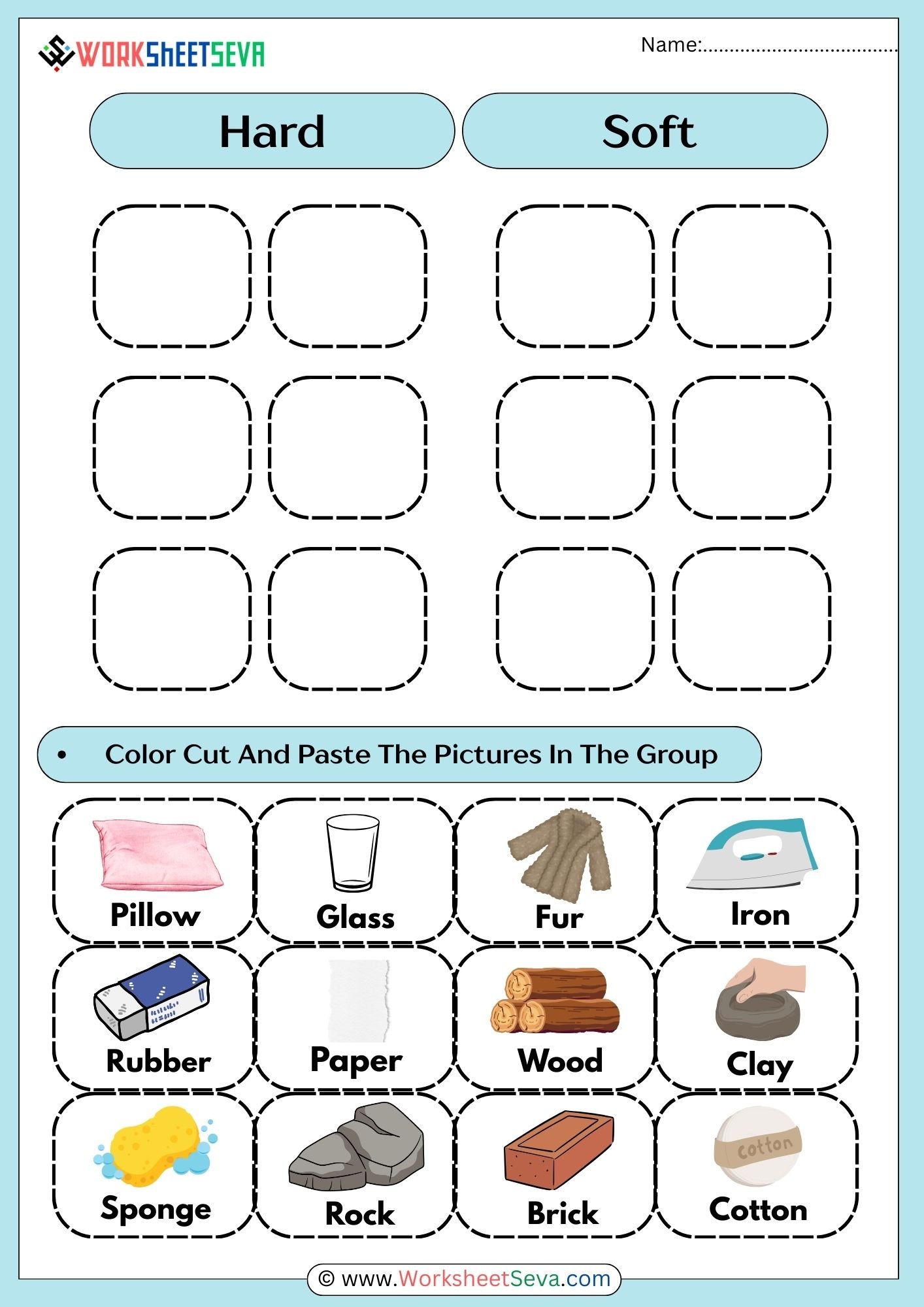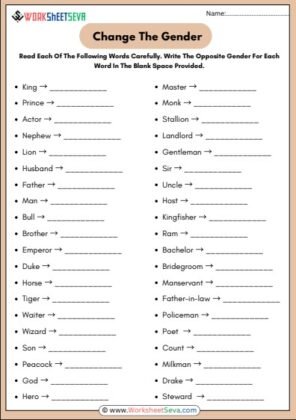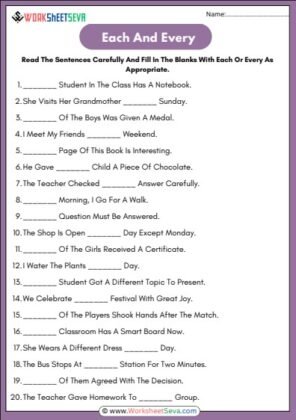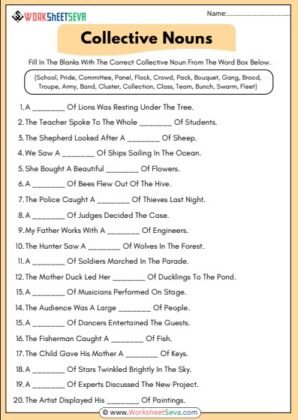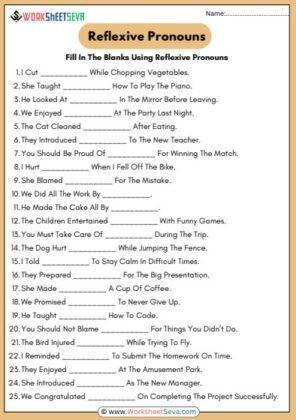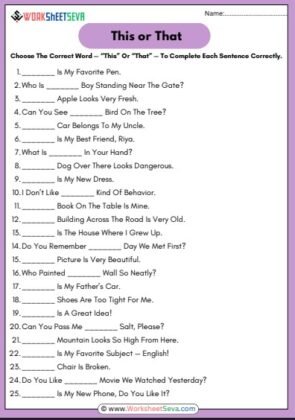Understanding the difference between hard and soft objects is one of the most basic and essential concepts in early childhood education. Children learn about the world primarily through their senses, and the sense of touch helps them recognize how objects feel. A Hard and Soft Difference Worksheet is a fun and interactive activity designed to help young learners distinguish between objects that are hard and those that are soft.
This worksheet is especially useful for kindergarten, preschool, and primary class students, as it introduces them to real-life examples in a playful, hands-on way. By engaging in this worksheet, children improve their observation skills, learn classification, and develop vocabulary.
What is a Hard and Soft Difference Worksheet?
A Hard and Soft Difference Worksheet is an educational tool that allows children to sort objects into two categories:
- Hard Objects: Things that are firm, solid, and not easily pressed or bent.
- Soft Objects: Things that are smooth, squishy, or can be easily pressed or squeezed.
In the worksheet, students are asked to cut and paste pictures of objects into the correct category. This activity makes learning enjoyable and practical.
Objects Included in This Worksheet
The worksheet provides 12 common objects that children must classify as either hard or soft:
- Pillow
- Glass
- Fur
- Iron
- Rubber
- Paper
- Wood
- Clay
- Sponge
- Rock
- Brick
- Cotton
Children are required to look at each picture, identify the object, and decide whether it belongs in the Hard or Soft category.
✅ Correct Classification Table:
| Hard Objects | Soft Objects |
|---|---|
| Glass | Pillow |
| Iron | Fur |
| Wood | Rubber |
| Rock | Paper |
| Brick | Clay |
| Sponge | |
| Cotton |
Why This Worksheet is Important
Learning the difference between hard and soft objects builds the foundation for science concepts, environmental studies, and everyday observations. It teaches children to:
- Recognize textures.
- Compare and contrast objects.
- Apply knowledge in daily life (e.g., knowing that a pillow is soft to sleep on, while a rock is hard and cannot be used for comfort).

